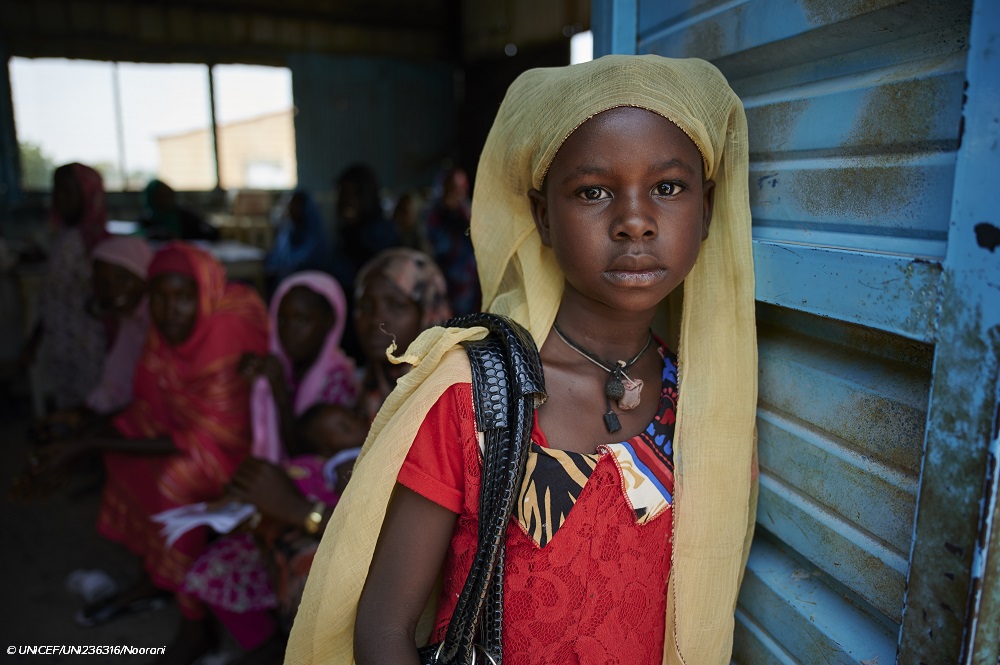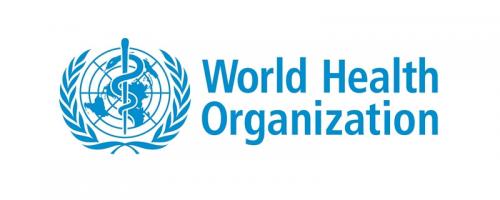
200 million girls and women alive today have undergone female genital mutilation (FGM). Most live in Africa, the Middle East and Asia – and most were cut before the age of 5. Even though the practice comes with devastating effects, every year, another three million girls are at risk of being cut.
To illustrate how FGM affects not only girls but entire societies, the World Health Organisation (WHO) launched a calculator that estimates the current and project financial costs associated with the practice. The tool answers three questions, including:
- What is the current economic burden of FGM?
- What will the economic burden be in the future if the prevalence of FGM remains at current levels?
- If FGM prevalence was reduced by X%, what are the expected cost savings related to health care?
Many of these costs relate to the lifelong – and often severe – complications that women who undergo FGM often experience. According to the WHO, these complications include death, severe pain, problems urinating, cysts, infections, menstrual problems, complications in childbirth, increased risk of neonatal deaths, mental health problems including post-traumatic stress disorder and depression, and more. These health outcomes can decrease a woman’s ability – or desire – to meaningfully participate in society, sparking a ripple effect of poverty and inequality for generations to come.
Though there has been a decline in the prevalence of FGM over the last few decades, countless girls and women are still at risk. This tool from the WHO illustrates how FGM results in immediate complications, uro-gynaecological, obstetric, psychological and sexual complications, all of which may result in health care costs like outpatient consultations, days of hospitalisation, medications and more. In just 27 high-prevalence countries, the WHO estimates that the treatment of these health complications costs countries $1.4 billion USD every year.
End Violence joins the WHO in condemning FGM and urging doctors, nurses and caregivers not to continue the practice – because every child deserves to live a life free from violence.
Map courtesy of the WHO.
